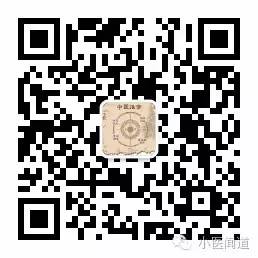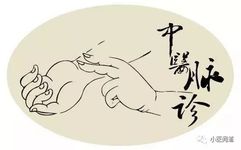Qie zhen (切诊), or pulse diagnosis, is one of the most common and fascinating diagnostic methods in Traditional Chinese Medicine (TCM).
What is being felt during this process? It is the pulse. But how can palpating the pulse reveal the levels of qi (气) and xue (血) in the body, as well as the trajectory of health?
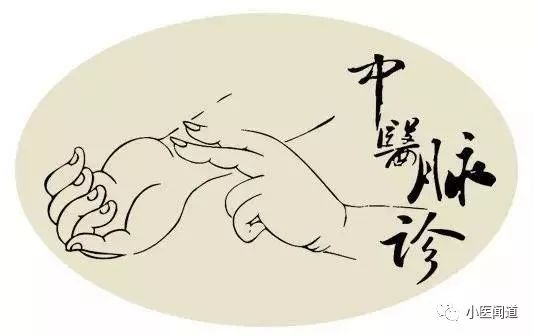
Among the four diagnostic methods, pulse diagnosis is considered particularly skillful. It relies on a subtle sensitivity in the fingertips, honed through years of experience and a touch of intuition, making it a truly remarkable practice.
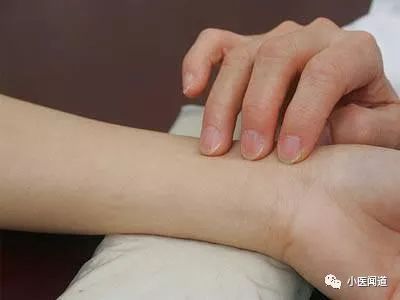
Historically, pulse diagnosis emphasized the three regions and nine positions (三部九候), a method of palpating the body’s major arteries to assess the flow of qi and xue in the meridians, thereby inferring the presence of disease. The pulse is examined in three regions: upper (head), middle (hands), and lower (feet), each divided into three positions: heaven, human, and earth, totaling nine positions. ① Upper region: Heaven position corresponds to the bilateral temporal arteries; human position corresponds to the preauricular arteries; earth position corresponds to the bilateral cheek arteries. ② Middle region: Heaven position corresponds to the Hand Taiyin (手太阴) channel for the lungs; human position corresponds to the Hand Shaoyin (手少阴) channel for the heart; earth position corresponds to the Hand Yangming (手阳明) channel for the chest. ③ Lower region: Heaven position corresponds to the Foot Jueyin (足厥阴) channel for the liver; human position corresponds to the Foot Taiyin (足太阴) channel for the spleen and stomach; earth position corresponds to the Foot Shaoyin (足少阴) channel for the kidneys. The clinical application of the three regions and nine positions has become rare.
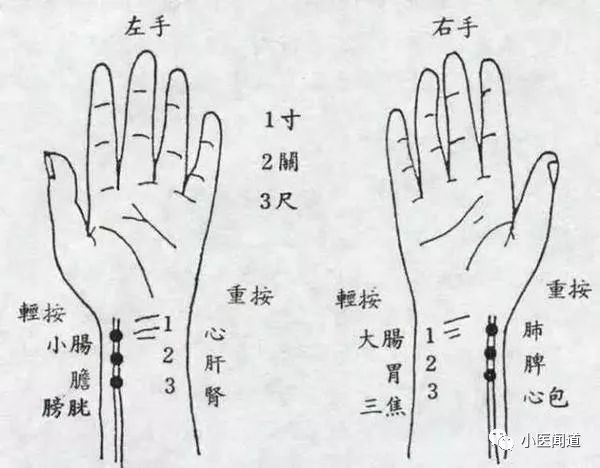
Currently, only the middle region’s Hand Taiyin channel is retained for lung assessment. TCM posits that the lungs govern the hundred vessels, and examining the lung channel allows for the assessment of all vessels. The spleen is considered the foundation of postnatal life, as the essence of grains must be transformed by the spleen. The Hand Taiyin lung channel is connected to the Foot Taiyin spleen channel, thus providing a theoretical basis for focusing solely on the Hand Taiyin channel during pulse diagnosis, which explains why traditional practitioners often only palpate the wrist area.
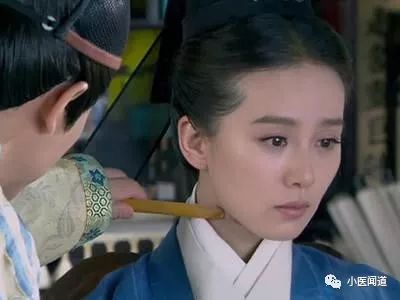
Pulse diagnosis has evolved from its mysterious origins to being gradually accepted by modern society through scientific explanations. In recent years, devices simulating pulse diagnosis have emerged. Modern scientific research indicates that various symptoms or emotions in the human body correspond to different frequencies of blood supply from the heart, which manifest as distinct pulse frequencies. For instance, individuals who frequently exhibit anger may have a pulse that is strong and forceful, akin to a flood, while others, particularly women, who speak softly and have a pale complexion may have a pulse that is fine and weak, resembling a gentle stream.
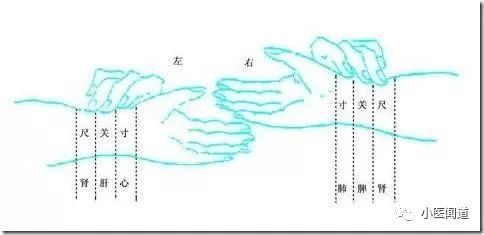
Modern pulse diagnosis typically uses the wrist bones as reference points, with the anterior wrist corresponding to the cun (寸) position and the posterior wrist corresponding to the chi (尺) position. The left wrist’s cun and chi correspond to the heart, liver, and kidneys, while the right wrist’s cun and chi correspond to the lungs, spleen, and kidneys. TCM practitioners assess the patient’s qi and xue levels through 24 pulse qualities (some sources cite 30), such as floating, hollow, surging, slippery, rapid, hurried, wiry, tight, deep, hidden, leather, full, weak, thin, soft, weak, scattered, slow, delayed, knotty, intermittent, and moving. This assessment, combined with the other three diagnostic methods, helps to determine the underlying cause of the patient’s condition. Only by identifying the true cause can appropriate treatment be administered, achieving the TCM principle of “one prescription cures all”.
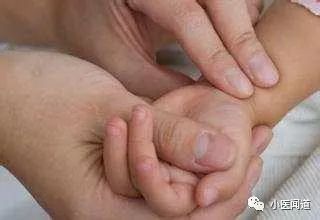
Many people perceive TCM as slow, but the key lies in the practitioner’s ability to accurately diagnose the cause of illness. When the cause is correctly identified, the prescriptions (or acupuncture points) can yield results within a day or even immediately.
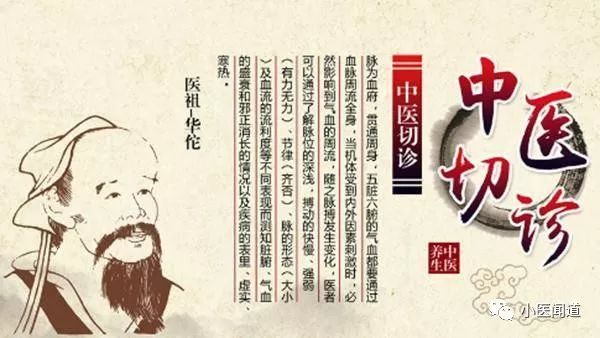
Pulse diagnosis requires years of practice; a combination of experience and a bit of talent can lead to remarkable diagnostic results. Before I engaged in TCM, I was somewhat skeptical. After experiencing a car accident that resulted in an ankle fracture, I spent over three months recuperating at home. Following this incident, I developed some health issues and sought the help of an experienced TCM practitioner. That practitioner merely palpated my pulse and examined my tongue, then stated that I had experienced a shock and had excess heat, without asking many questions.
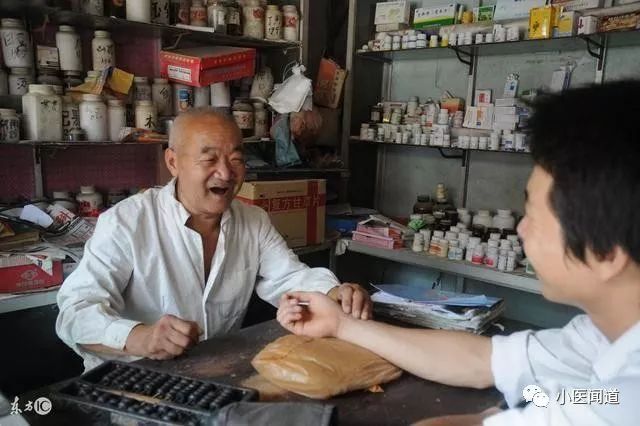
Indeed, if one delves deeply into TCM, reaching a highly refined level, it can yield many incredible diagnostic outcomes, which some may perceive as miraculous or even as charlatanism.
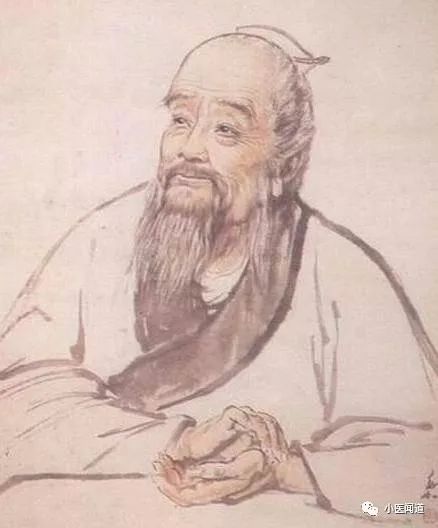
Einstein once said: “Science without religion is blind; religion without science is lame.” In some respects, TCM is akin to a religion for the Chinese, embodying their experiential knowledge, with many aspects yet to be validated by science. It is not the fear of TCM being pseudoscience that is concerning, but rather the fear of science being pseudotruth. As long as it is beneficial, it can be utilized for the betterment of humanity. Science is also continuously evolving and progressing!
☞ The most authoritative method for treating children’s colds (must share and save if you have children)
☞ Where do you stand in the realm of TCM massage techniques? (A must-read for those engaged in TCM massage)
☞ Zhang’s warming Yang ziwu moxibustion therapy… a new choice for health
☞ Supplementation for weight loss: the professional techniques you may not know (first-time disclosure)
☞ Feedback on weight loss through supplementation in one week (with images for proof)
☞ Effective health-preserving medicinal wines from renowned TCM practitioners with decades of clinical experience (collection edition)
☞ Utilizing Xiao Chai Hu (小柴胡) effectively, no need to find a doctor (in-depth article)!
☞ Comprehensive knowledge of moxibustion! Save and read slowly!
☞ TCM insights: Have you truly understood Huang Yuan Yu’s theory of Yin and Yang?
☞ Animated version of the Shang Han Lun featuring Gui Zhi Tang (桂枝汤) (with the classic formula text)
☞ Restoring the foundation of healing through touch: basic principles
☞ Restoring the foundation of healing through touch: liver section
☞ Restoring the foundation of healing through touch: lung section
☞ Restoring the foundation of healing through touch: spleen section
☞ Restoring the foundation of healing through touch: heart section
☞ Restoring the foundation of healing through touch: techniques section
☞ Restoring the foundation of healing through touch: kidney section
☞ Restoring the foundation of healing through touch: kidney section 2
☞ Restoring the foundation of healing through touch: kidney section 3
☞ Restoring the foundation of healing through touch: kidney section 4
☞ Restoring the foundation of healing through touch: kidney section 5
☞ Restoring the foundation of healing through touch: kidney section 6
☞ Restoring the foundation of healing through touch: section 7
☞ The “explosion” of chronic diseases: why are patients increasing? Health preservation is not consumption, but a means of prolonging life!
☞ Weight loss through supplementation: the healthiest and most TCM-compliant weight loss technique (essence version)
☞ Discussing weight loss in TCM: abdominal obesity (spleen and stomach section)
☞ Dietary weight loss
☞ Secrets to losing 23 pounds in thirteen days
☞ Moxibustion causing itching? The truth is astonishing
☞ Weight loss through supplementation: does cupping for weight loss rebound?
☞ You are not truly overweight; it is just dampness causing pi xu (脾虚) (false obesity)
☞ CCTV’s educational video on moxibustion is powerful and shocking
☞ Applications of supplementation
☞ How to consume Ren Shen (人参), Dan Shen (丹参), Dang Shen (党参), and Xiyang Shen (西洋参)… what foods are suitable for different body types? (essence version)
☞ The highest realm of moxibustion: supporting Yang and allowing Yin to return; understanding this article makes you a moxibustion expert! (collection edition)
☞ Revealing the miraculous methods of TCM for the spleen and stomach (essence of Chinese patent medicine)
☞ Yi Pi Bing (益脾饼), a common snack that anyone can make, suitable for those with cold dampness in the spleen and stomach, especially effective for diarrhea; suitable for both children and adults (share and repost to benefit more people)
☞ Homemade recipes for regulating the stomach and intestines: Ba Zhen Gao (八珍糕), save for later (with secret recipe and production process)
☞ The Huang Di Nei Jing: all diseases arise from these five points (precious)
☞ The Huang Di Nei Jing on “Yuan Qi stored in the kidneys” made easy to understand
☞ Always carry mugwort; if a doctor does not visit, learn to make a mugwort cushion to sit on Yang energy
Article sourced from the internet; please contact us for removal if there is any infringement.
If you find this useful, please give a thumbs up at the bottom!
